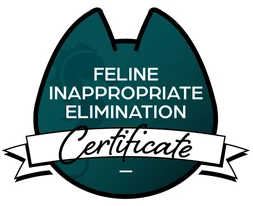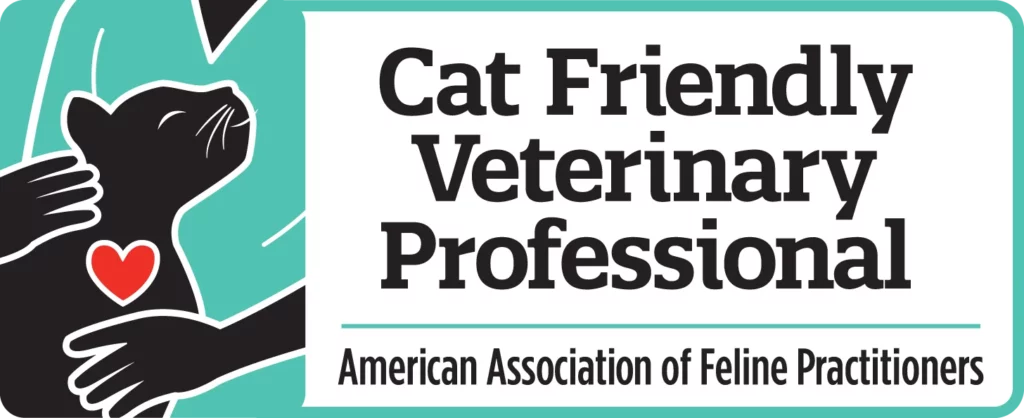Whether you’re bringing home a new cat or you have a cat that’s chewing on your wires, an important responsibility of being a cat parent is making sure your home is safe for your cats. Losing a cat is really hard and you’ll feel extra guilty if your time with your kitty is cut short due to a preventable accident.
Thankfully, cat proofing your home isn’t too hard if you know what to do. Let’s go over some basics of what you can do to keep your cat safe and your mind at ease.
Do An Assessment Of Your Home
First, let’s start with the most basic step of cat proofing: doing a home assessment. Go around your entire home and look for anything that could injure your cat by:
- Falling on them
- Poisoning them
- Tempting them to chew on it and/or eat it
- Allow them to escape
- Cause them to become trapped
- Choking them
- Cutting, wounding them, or otherwise inflicting an injury to them
In other words, let your anxiety about all the terrible things that could happen to your cat run wild so you can address them. If you have suspicions your cat may become injured another way by something, cat proofing doesn’t have to be limited to just those qualities. It’s better to take steps to keep your cat safe rather than risking tragedy.

Take Steps To Mitigate Risks
While you reasonably won’t be able to completely cat proof your home, you can take steps to minimize the risks as best you can predict. The best thing your can do is take steps to identify a potential problem before your cat arrives or intervene as soon as you start seeing trouble rather than waiting it out.
Don’t Rely On Deterents
While it may be tempting to try to deter your cat using products like motion activated compressed air canisters or sprays, these don’t always work. They can also create stress in your cat which may lead to other behaviors you don’t want. When it comes to safety, it’s better to make sure you alter the environment or don’t allow your cat access to a space so the cat physically is unable to get to something dangerous.
For example, if you have plants your cat chews or that might be toxic to the cat, it’s best to keep them in a cabinet. There is a whole subculture of Ikea plant cabinet makers so you can make a cabinet to contain your plants. Breakable glass items should be put away and any household cleaners or chemicals should be securely stored.
Add Extra Protection
If your cat manages to open cabinets, you may need to take extra steps to keep them out of anywhere you store chemicals, medications, or other items that may pose a poisoning risk. Baby proofing items are a great tool to use as they can keep a cat from opening drawers or cupboards. You may also want to use storage containers cats can’t open and that aren’t breakable to store items within the cabinets as an extra layer of protection.
If your cat chews on cords, you can get a cord organizer box and cord protectors to block them from chewing. This is especially true if you have medical tubing or cords as physically blocking the cat from damaging it is better than taking a drastic step like declawing your cat (especially as the CDC recommends against declawing for medical reasons). You can also run electrical cords under rugs.
Block Access To Spaces
If your cat gets on your counter while cooking, you could get creative and use plexiglass shields to keep them off or you could distract them. However, the best form of cat proofing is keeping your cat in a different room while cooking and after you are done while the stove cools down. Don’t make this harder than it needs to be! Giving them something to do can help your cat be okay with a door being closed, but if they really struggle with it, you may need to work on separation anxiety.
Similarly, having certain rooms be no cat rooms is a good idea. You can use these spaces to keep things that pose a risk to your cats such as yarn or other craft supplies; power tools; or electrical equipment. If your cat regularly tries to get in, enter the room slowly or consider using an exercise pen to block them from darting in. You can also train your cat to sit when the door opens or on cue to interrupt the behavior. This also reduces the number of spaces you need to cat proof.
Speaking of blocking access to spaces, it’s a good idea to block access to your cat going under the bed in case you need to quickly remove them in an emergency. Cats still need places to hide and curl up, but under the bed isn’t a great place especially if it collapses. Instead, consider a warm cat cave or a cat tower with a lounge.
Secure Exits
If your cat darts when you leave the home or you have windows that you leave open, make sure they screens are secured and without holes. Look for any holes in ceilings, floors, or walls to make sure your cat can’t get into the walls or outside. Don’t forget to check closets and screen doors, too. An exercise pen by a door can create an “air lock” system where you have to go through two exits to get out, always allowing you a chance to check for your cat.
Another option if you don’t have a great space or you are a renter for cat proofing exits is using a pet gate. Cats can jump pretty high so a really tall pet gate that functions almost like a door may be your best choice.
Secure Furniture
Whether the furniture is human furniture, cat furniture, or furniture for both cats and humans, you want to make sure it is safe. Securing heavy and tall items to a wall using a wall anchor is an important step in cat proofing your home so nothing crushes your cat. You can use museum putty to secure objects to shelves so they don’t fall off and hurt your cat.
Likewise, make sure you cat proof any furniture your cat could get into such as recliners or couches. If your cat gets under it, block it off. Making sure your cat can’t get into the furniture is the safest choice rather than relying on everyone remembering to check for the cat.
Remove Temptations
It’s somewhat unrealistic to expect cats to just not give into to natural cat behaviors so anything that they may thing is a toy should be cat proofed. You can do this by:
- Securely storing it while not in use
- Keeping it in a separate room
- Altering the shape of it to make it look less appealing or adding bulk so your cat can’t chew it
- Providing your cat with an alternative activity (though this is best done in combination with other measures)
Common items that may tempt cats include cords, strings, medications, small toys like marbles and Legos, and any kind of human or cat food.
Cat Proofing Supplemental Interventions
While there may be other steps to take in your home to make sure it is cat proof and safe, this gives you a good starting place. Of course, cat proofing isn’t just about blocking your cat from chewing on your phone charger. It’s also about addressing the behavioral reasons your cat may chew. Make sure your cat isn’t stressed out, bored, or without adequate outlets for their behavioral needs.
How can you accomplish this? Make sure you play with your cat regularly and provide them with an enriching environment. For chewing specifically, cat grass is a easy to grow and a great way to give them an outlet for that behavior. Cats need more mental stimulation than we give them credit for. If your cat has a noise sensitivity or is stressed out by another cat, work on resolving that problem.
Of course, if your cat does end up getting injured despite your efforts at cat proofing, seek immediate veterinary care. If you do notice your cat regularly chewing or ingesting things that they shouldn’t, you may have a bigger problem than just cat proofing. Set up a veterinarian appointment to make sure there isn’t a medical condition, your cat’s diet is adequate, and there isn’t a behavior problem that needs to be addressed.










